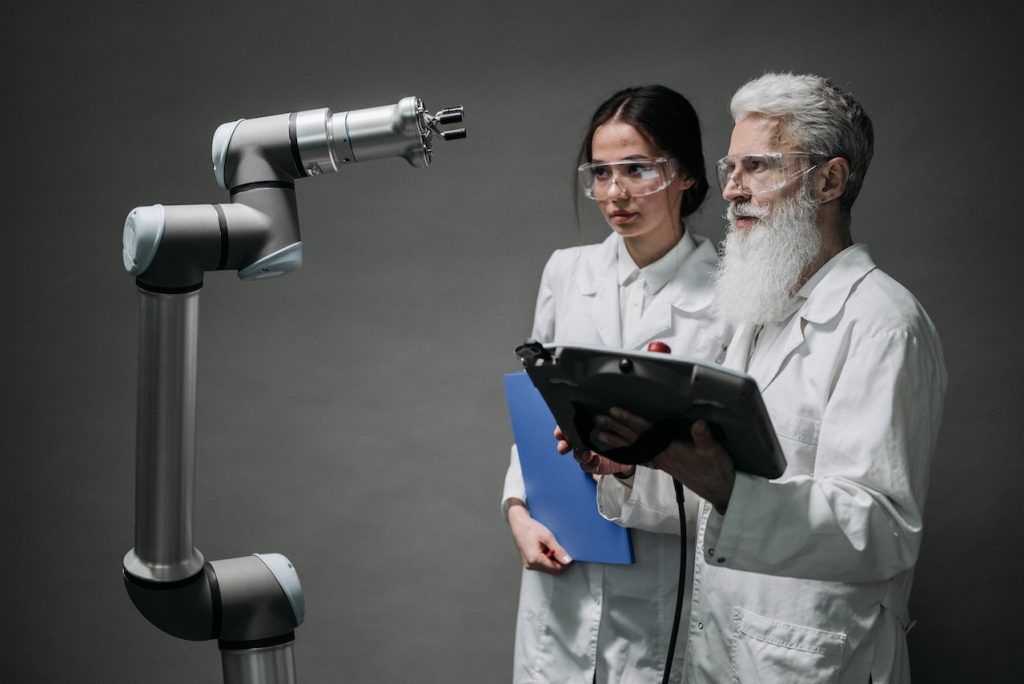As robotics technology continues to evolve and revolutionize industries across the board, businesses are increasingly investing in robots as a means to streamline processes, reduce costs, and increase efficiency.
However, as with any investment, there are tax implications that businesses must consider, particularly in regards to depreciation.
Depreciation is a key concept in accounting that allows businesses to allocate the cost of an asset over its useful life, which in turn reduces taxable income and optimizes tax outgo.
In the case of robots, there is often debate over whether they should be classified as computers or plant and machinery, and how this impacts the depreciation rates that businesses can claim.
In this blog, we will delve into the classification of robots, the conditions for claiming depreciation, and the depreciation rates applicable to robots under the Income-tax Act, 1961. By understanding these concepts, businesses can make informed decisions on how to maximize the benefits of their robotic investments while minimizing tax liabilities.
Depreciation
Depreciation is the decrease in value of an asset over time due to wear and tear, obsolescence, or other factors.
In simpler terms, it is the reduction in the worth of an asset as it is used or as it ages.
Depreciation is an accounting concept that helps businesses to allocate the cost of an asset over its useful life, which in turn reduces the taxable income of the business. By claiming depreciation on an asset, businesses can lower their tax liability and optimize their tax outgo.
Conditions for Claiming Depreciation under the Income-tax Act, 1961

Here are the general conditions that must be met to claim depreciation on an asset under the Income-tax Act, 1961:
- The asset must be owned by the business and not leased or rented.
- The asset must be used for the purpose of business or profession.
- The asset must be in the possession of the business and put to use during the relevant previous year.
- The asset must have a useful life of more than one year.
- The asset must not be used for personal purposes.
- The depreciation claimed cannot exceed the actual cost of the asset.
- The depreciation claimed must be in accordance with the rates specified in the Income-tax Act for different types of assets.
- The business must maintain proper records and accounts for the asset, including details of the cost, date of purchase, date of put to use, rate of depreciation, etc.
It is important to note that specific rules may apply to different types of assets, and the rates of depreciation may vary based on the type of asset, its useful life, and other factors.
It is recommended to seek professional advice or refer to the Income-tax Act for specific details and guidelines on claiming depreciation for different types of assets.
Claiming Depreciation on ROBOTs: A Comprehensive Guide for Business Owners

As we move towards a more automated world, robots are becoming increasingly common across a range of industries. They offer a wide range of benefits, including increased efficiency, reduced costs and greater accuracy. However, when it comes to taxation, the issue of how to classify robots and claim depreciation on them can be a source of confusion.
Under the Income-tax Act, 1961, businesses can claim depreciation on fixed assets, subject to certain conditions. These conditions include the fact that the asset must be owned by the business, it must be used for business purposes, and it must have a useful life of more than one year.
However, the classification of robots can be a point of dispute. Some argue that robots are computers and should be classified as such, with a depreciation rate of 40%. Others argue that robots are plant and machinery and should be classified as such, with a depreciation rate of 15%.
While robots possess all the characteristics of a computer, including a CPU, memory, hard disk, keyboard, mouse and installed software, they are not necessarily classified as computers. This is because robots require more than just a computer to operate. They often have mechanical components that allow them to move and manipulate objects, which makes them more similar to plant and machinery.
The recent judgment of Chennai Tribunal in the case of Robotix Learning Sol. Pvt Ltd vs. ITO reinforces this idea. It held that robots should be classified as plant and machinery, with a depreciation rate of 15%, rather than as computers with a depreciation rate of 40%.
While this may result in a higher tax bill for some businesses, it is important to ensure that the correct classification and depreciation rate is used for tax purposes. Claiming the wrong rate could result in penalties and interest charges from the tax authorities.
In conclusion, while robots offer many benefits for businesses, it is important to carefully consider how to classify them for tax purposes. If in doubt, seeking advice from a tax professional can help ensure that the correct classification and depreciation rate is used, while also optimizing tax outgo.
For More such Insightful helpful content, do join us on our Instagram Page-Edueasify. Get the Latest Information on Business, Finance, Investment, Brand Building, Lifestyle, Entertainment, and Billionaire Quotes On Edueasify.
